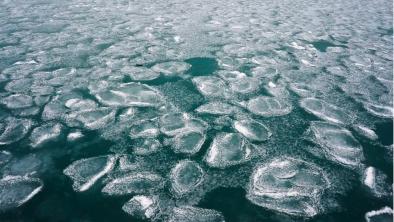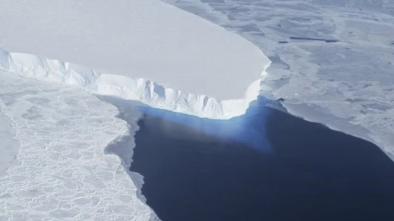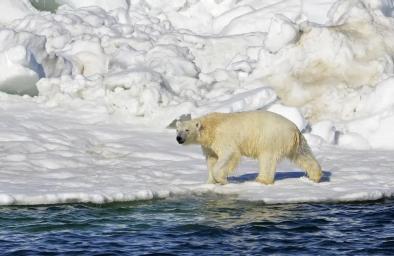Changing state of Arctic sea ice across all seasons
Study key findings & significance
- Recent anomalies in spring and winter sea ice coverage have been more significant than any observed drop in summer sea ice extent.
- The Arctic sea-ice cover is also getting much younger, with the Arctic Ocean now primarily consisting of first-year ice, as opposed to the prevailing 5 year old multiyear sea ice during the early times of the satellite record.
- The proportion of multiyear ice (MYI) has declined by 90% since 1979.
- Decadal ice loss during winter months has accelerated from −2.4 %/decade from 1979 to 1999 to −3.4%/decade from 2000 onwards.
- All Arctic summer sea-ice may be gone by the year 2040.
Abstract
The decline in the floating sea ice cover in the Arctic is one of the most striking manifestations of climate change. In this review, we examine this ongoing loss of Arctic sea ice across all seasons. Our analysis is based on satellite retrievals, atmospheric reanalysis, climate-model simulations and a literature review. We find that relative to the 1981–2010 reference period, recent anomalies in spring and winter sea ice coverage have been more significant than any observed drop in summer sea ice extent (SIE) throughout the satellite period. For example, the SIE in May and November 2016 was almost four standard deviations below the reference SIE in these months. Decadal ice loss during winter months has accelerated from −2.4 %/decade from 1979 to 1999 to −3.4%/decade from 2000 onwards. We also examine regional ice loss and find that for any given region, the seasonal ice loss is larger the closer that region is to the seasonal outer edge of the ice cover. Finally, across all months, we identify a robust linear relationship between pan-Arctic SIE and total anthropogenic CO2 emissions. The annual cycle of Arctic sea ice loss per ton of CO2 emissions ranges from slightly above 1 m2 throughout winter to more than 3 m2 throughout summer. Based on a linear extrapolation of these trends, we find the Arctic Ocean will become sea-ice free throughout August and September for an additional 800 ± 300 Gt of CO2 emissions, while it becomes ice free from July to October for an additional 1400 ± 300 Gt of CO2 emissions.
Related Content





